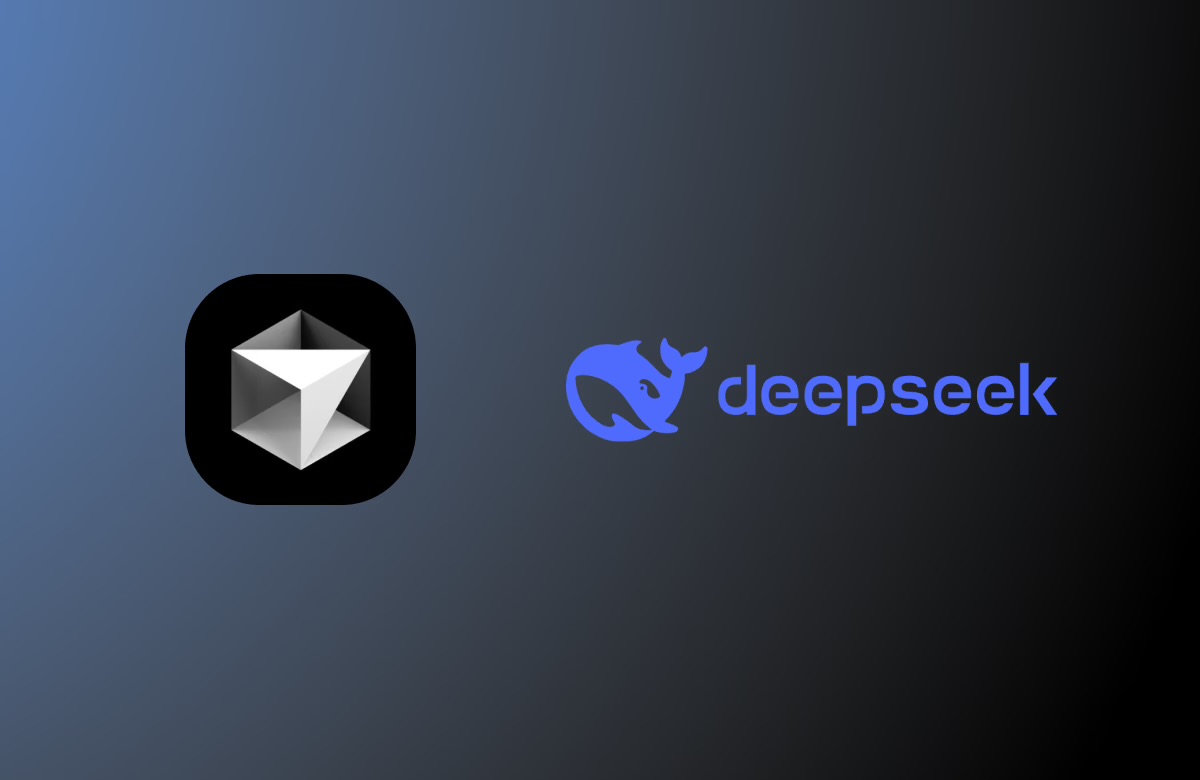
DeepSeek’s actual expenditure on developing its AI models is estimated to be around $1.6 billion, a stark contrast to the $5.6 million figure the company has publicly claimed.
The True Cost of DeepSeek’s AI Infrastructure
According to an analysis by SemiAnalysis, a leading semiconductor and AI market research firm, DeepSeek’s hardware investment alone exceeds $500 million. Beyond that, the computational costs of generating synthetic training data are substantial, making the company’s stated training budget of $5.6 million misleading. That figure only accounts for the formal training phase, excluding key expenses such as research, development, data preparation, hardware maintenance, and operational costs.
“Our analysis suggests that the total server capital expenditure could be around $1.6 billion, with a significant $944 million allocated to operational costs for these AI clusters,” SemiAnalysis stated. “In addition to training, DeepSeek needs to test new architectures, collect and clean vast amounts of data, and pay its employees—all of which require significant funding.”
DeepSeek’s GPU Power and High-Flyer’s Involvement
SemiAnalysis further revealed that DeepSeek has likely used around 10,000 Nvidia H800 GPUs—restricted under U.S. export regulations to China—as well as an additional 10,000 H100 GPUs. The company is also believed to have incorporated H20 GPUs into its training process.
“These GPUs are shared between High-Flyer, the investment fund that owns DeepSeek, and the AI company itself. They are geographically distributed and utilized for multiple purposes, including high-frequency trading, inference, training, and AI research,” the report noted.
DeepSeek has been aggressively recruiting AI talent, offering salaries exceeding $1.3 million per year for top candidates—far surpassing compensation offered by major Chinese tech firms and global AI labs like Moonshot. The company has also held recruitment events at top universities across China, emphasizing ‘unlimited access to 10,000 GPUs’ in its hiring pitches.
DeepSeek’s Cost-Optimization Strategy and Industry Reactions
Despite the high estimated costs, SemiAnalysis emphasized that DeepSeek is highly efficient in cost optimization. “DeepSeek R1 is an exceptional model that has reached the cutting edge of AI reasoning at an astonishing speed,” the firm noted.
However, the discrepancy in cost figures has sparked debates. DeepSeek has not publicly addressed these claims, nor has it provided an official estimate beyond the $5.576 million figure, which was attributed to renting AI servers and the formal training process. This number excludes expenses related to model architecture experimentation, algorithm research, and large-scale data processing.
Yann LeCun, Chief AI Scientist at Meta, weighed in on the controversy, stating that many misunderstand AI infrastructure costs. He clarified that while AI development requires significant investments, much of the billions spent by U.S. firms goes toward AI inference rather than training.
“There is a big misunderstanding about AI infrastructure investment,” LeCun wrote on Threads last week. “The majority of the billions spent are for running AI assistants at scale, not just for training. As AI systems expand their capabilities—handling video understanding, reasoning, and massive storage—the cost of inference rises significantly. The market reaction to DeepSeek’s cost claims is therefore misplaced.”
Thomas Sohmers, CEO of AI hardware startup Positron, echoed LeCun’s view. “Inference spending will soon outpace training costs as demand for AI services grows exponentially,” he told Business Insider.
Scale AI CEO’s Bold Claims on DeepSeek’s GPU Stockpile
Meanwhile, Alexandr Wang, CEO of Scale AI, told CNBC that he has inside information suggesting DeepSeek owns 50,000 Nvidia H100 GPUs. Due to U.S. export restrictions, DeepSeek cannot publicly disclose this, he claimed.
Elon Musk, founder of xAI and a close ally of former U.S. President Donald Trump, added: “It’s obvious.”
DeepSeek’s AI Training Strategy: The Role of ‘Distillation’
To reduce training costs, DeepSeek is reportedly using an optimization technique called ‘distillation’. This method involves using a larger AI model’s outputs to train a smaller model, which helps maintain performance while significantly lowering computational costs.
OpenAI recently told the Financial Times (FT) on January 29 that it suspected DeepSeek had leveraged distillation techniques to cut costs.
DeepSeek’s Ownership and Future Direction
Founded in May 2023 by Liang Wenfeng, DeepSeek is based in Hangzhou, Zhejiang and is fully owned by High-Flyer, a major investment fund. Unlike many AI startups that seek external funding, DeepSeek has no plans to raise capital, instead focusing on building its core AI technology and proprietary infrastructure.
While DeepSeek has achieved remarkable cost efficiency in AI model training, its claim of spending just $5.6 million is widely disputed. The actual cost—estimated at $1.6 billion—suggests the company has a far more extensive AI infrastructure than it publicly acknowledges. As the AI race intensifies, DeepSeek’s financial transparency and strategic choices will likely remain under scrutiny.

